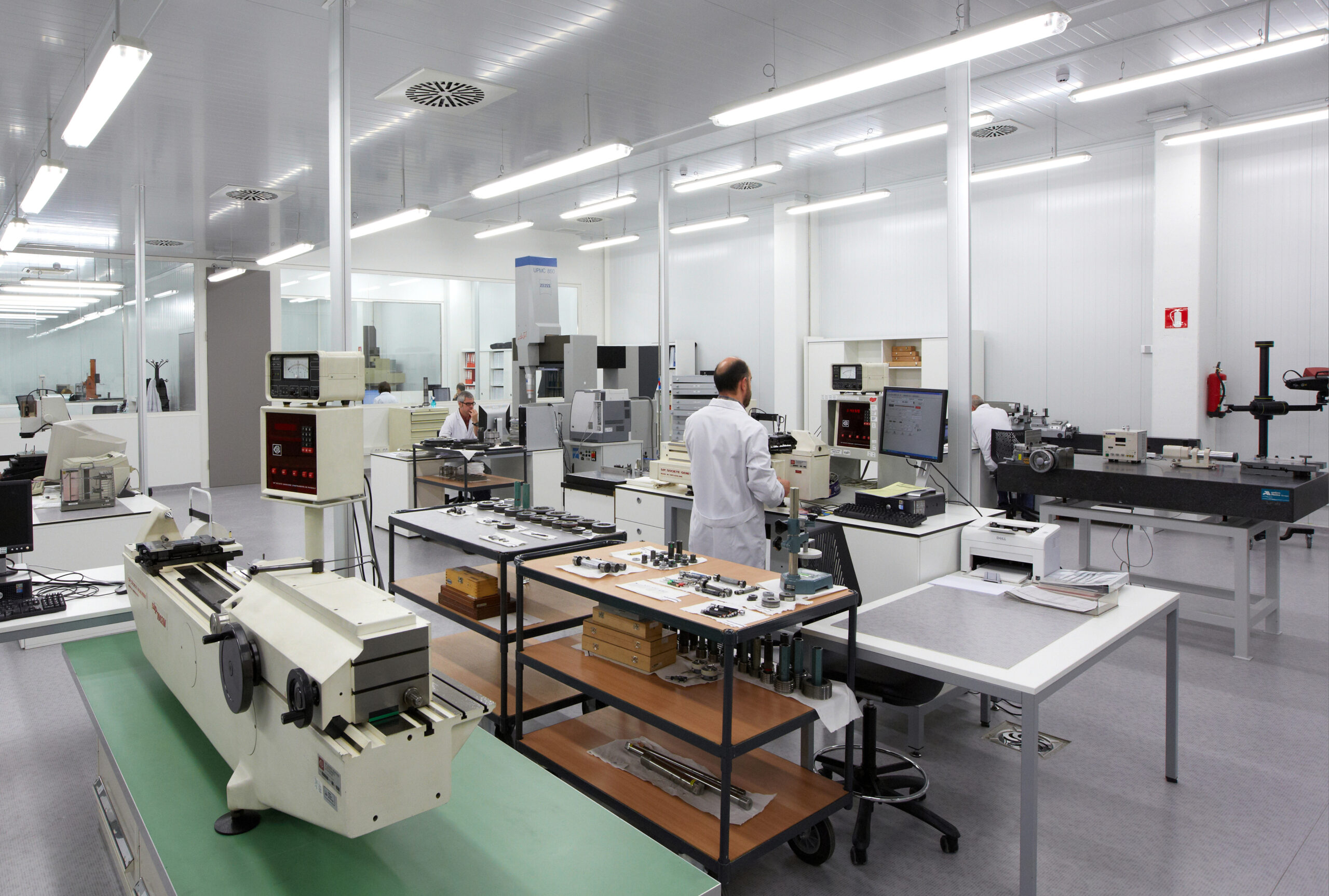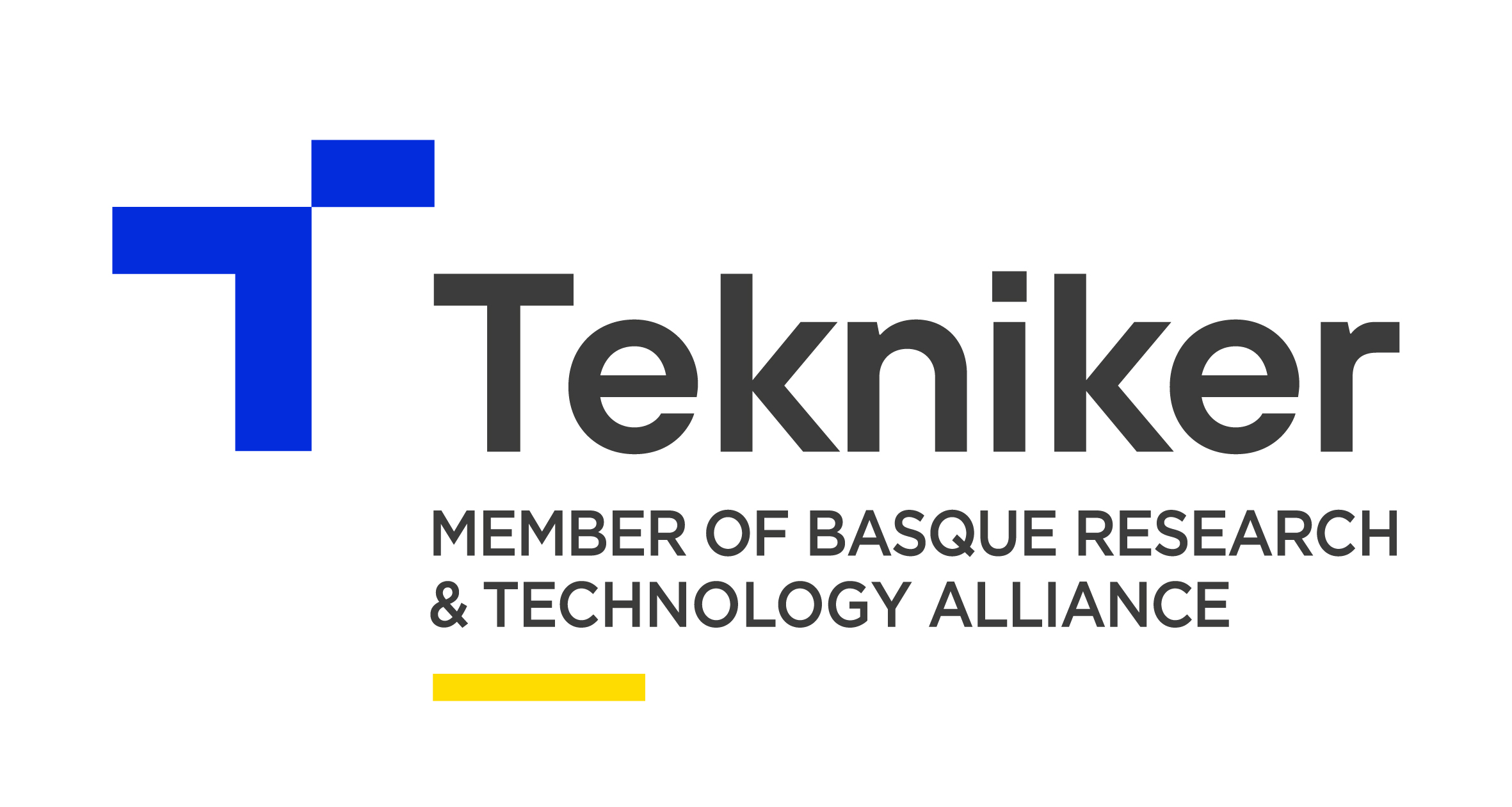NAME Materialen eta karakterizazio geometrikoaren laborategia

Habitualmente el rectificado es la última operación de mecanizado y por este motivo hay que asegurar la precisión geométrica de la pieza así como la ausencia de grietas, tensiones residuales, etc. que ponga en peligro la vida de la pieza en funcionamiento. Para el aseguramiento de la precisión de la pieza se puede incidir en tres factores: Precisión de la máquina. Sobre todo si la máquina es de grandes dimensiones, los errores geométricos pueden ser importantes. Para solventarlos se dispone de sistemas de calibración. Medida de pieza en proceso. Con la utilización de sistemas de medición externos puede alcanzarse las tolerancias deseadas. Finalmente, el caso de geometrías complejas, se dispone de medios para verificar y certificar las diferentes propiedades dimensionales de las piezas Por su parte, en relación a los posibles cambios microestructurales que genera la operación de rectificado en el componente, se dispone de un completo laboratorio de caracterización y personal altamente cualificado que proporcionará información crucial para la determinación de los parámetros de proceso óptimos que garanticen la integridad del componente: Modificación microestructural mediante caracterización metalográfica, caracterización composicional en superficie, profundidad y bulk, caracterización de fases cristalográficas y caracterización de tensiones residuales. Completando la caracterización básica, se dispone de distintos laboratorios que permiten caracterizar el comportamiento a vida del componente una vez sometido a las operaciones de mecanizado experimentadas por el mismo y, en particular, la operación de rectificado.
FIELDS OF APPLICATION
Grinding and finishing technologies
MOST OUTSTANDING EQUIPMENT AND COMPONENTS
-
CMM machine
High precision CMM machine
-
Laser tracer measurement system
Dimensional measurement equipment
-
laser tracker measurement system
Dimensional measurement equipment with laser tracker
-
Metallographic, compositional characterization equipment, crystalline phases and residual stresses. Teams characterization of behavior to component life.
Metallographic, compositional characterization equipment (XR-Fluorescence, GDOES, SEM-EDX), crystalline phases and residual stresses (X-ray diffraction equipment). Equipment for characterization of behavior to component life (corrosion and aging, mechanical properties, erosion and scratching ...)
-
Rugosimeter, profiler
Surface dimensions measurement machine
SERVICES OFFERED BY THE ASSET
Compensation of volumetric errors.
Once measured the volumetric errors can be compensated by means of the numerical control of the machine
Correlation studies of machining process parameters and component integrity (and life)
From the basic and advanced characterization (trials to life), it is possible to estimate the integrity of the component and its life
Geometric verification of pieces
Dimensional verification of the rectified parts.
Life tests of components
Thermal degradation in different atmospheres, simulated degradation, stress corrosion at high temperature and aqueous medium, EIS, galvanic corrosion, resistance to traction, compression and shear, etc.
Measurement of volumetric errors
Measurement by laser tracer or laser tracker of the volumetric errors of the machines
Microstructural characterization of components
Metallographic characterization, composition, crystalline phases and residual stresses
Training and updating of specialists
Specialized training courses for new professionals and for updating professionals to new technologies
ENTITY MANAGING THE ASSET

Contact person:
Javier Arzamendi Manterola
javier.arzamendi@tekniker.es